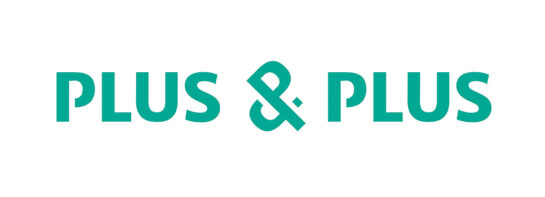Huolella suunniteltuja asiakaslähtöisiä corporate finance -palveluita, kuten yrityskauppa ja rahoituksen hankinta
Aalto Capital
Olemme Euroopan laajuinen investointipankkipalveluita tarjoava neuvonantaja, jolla on toimistot viidessä eri maassa. Toimimme taloudellisena neuvonantajana pörssiyhtiöille, yrittäjille, perheyhtiöille, yksittäisille osakkeenomistajille sekä sijoittajille strategisessa päätöksenteossa ja yritysjärjestelyjen toteuttamisessa.
Aalto Capitalin keskeisiin palveluihin kuuluvat:
- Yrityskauppaneuvonanto (Yrityksien myynti ja yritysostot)
- Rahoituksenhankinta (oman ja vieraan pääoman ehtoinen)
- Muut neuvontapalvelut, kuten arvonmääritykset, yhtiörakenneselvitykset, fairness opinion -lausunnot ja muu strateginen neuvonanto
Aalto Capitalin paikalliset tiimit tarjoavat asiakkaille laajat yhteydet niin kansainvälisiin kuin paikallisiinkin sijoittajiin sekä luovat edellytykset kansainvälisten transaktioiden toteuttamiseen.
Transaktiot
Ammattilaisia
Aidosti kansainvälinen
LONDON

LONDON - UNITED KINGDOM
John McRoberts
Managing Partner
john.mcroberts@aaltocapital.com
+44 777 570 3779
Aalto Capital LLP
30-35 Pall Mall
London, SW1Y 5LP
MUNICH

MUNICH - GERMANY
VILNIUS - LITHUANIA
Manfred Steinbeisser
Managing Partner
manfred.steinbeisser@aaltocapital.com
+49 89 89 86 777 0
Aalto Capital AG
Bahnhofstr. 98
82166 Graefelfing / Munich
HELSINKI

HELSINKI - FINLAND
Lauri Lampi
Managing Partner
+358 50 539 47 81
Aalto Capital Partners Oy
Mikonkatu 15A
00100 Helsinki
OSLO

OSLO - NORWAY
Svein Stavelin
Managing Partner
svein.stavelin@aaltocapital.com
+47 900 64 361
Aalto Capital AS
Meltzers gate 4
0257 Oslo
ZURICH

ZURICH - SWITZERLAND
Niels Fischer
Managing Partner
niels.fischer@aaltocapital.com
+41 796 357 340
Aalto Capital AG
Seefeldstrasse 283, Seewurfel 5
CH-8008 Zurich
Please contact us:
LONDON: uk@aaltocapital.com
MUNICH: germany@aaltocapital.com
HELSINKI: finland@aaltocapital.com
OSLO: info@aaltocapital.no
STOCKHOLM: kristian.tasala@aaltocapital.com
ZURICH: info@aaltocapital.ch
© 2025 AALTO CAPITAL




















